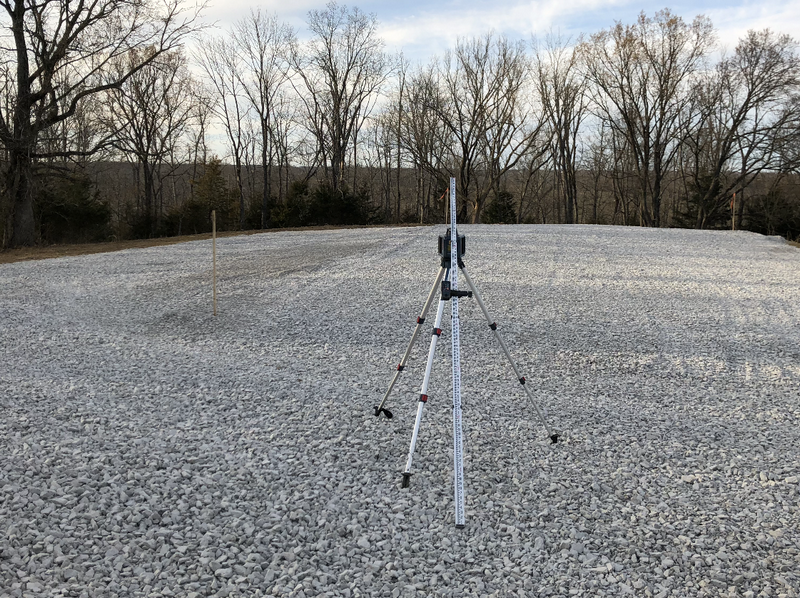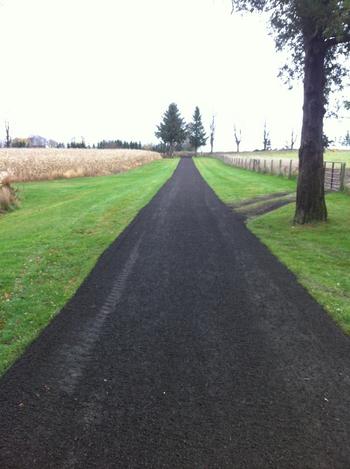Driveways and Roads
We can’t all afford a long and curving tree-lined path to our home that leaves visitors in awe of our grandeur well before they reach our front steps. Driveways can be expensive, especially if made out of asphalt or pavers. But that doesn’t mean that there aren’t more economical ways to build an aesthetically appealing and dependable driveway or road through loose fill paving.
Types of Loose Fill
There are many different materials that are can be used in a loose fill surface. Not all of them are optimal for a full driveway (wood chips and sand aren’t the best choice for such a trafficked area), but there are several affordable materials that can up the curb appeal of any home.
Gravel comes in a variety of colors, sizes, and textures, making it a versatile choice. The colors range from off white to reds to dark grays, giving a homeowner plenty of ways to match their home’s style. In terms of size, gravel might be the size of golf balls or it could be much smaller, with a nearly sand-sized consistency. Crushed rock has a tendency to be more stable for supporting vehicular traffic, whereas smooth stones like river rock are more likely to shift.
Recycled asphalt pavement, or RAP, is another loose fill option. This is a green choice—RAP is old pavement that has been ground up to resemble pebbles. Once it’s compacted the material hardens and binds, making it an extremely sturdy and earth friendly option for a driveway.
Installation Process
No matter what material you choose for your home, the installation process is straight-forward. The space must be carefully measured, excavated, and leveled. You can read more about excavation here.
Since loose-fill pavement is not impermeable, one of the potential downsides is weeds. It’s highly unattractive to have weeds growing all over your driveway, but fortunately, laying down a weed barrier is an easy way to deter their growth. Weed barriers are cheap, can be found at your local hardware store, and laid at the bottom of your excavated driveway space.
A border isn’t required for your loose-fill driveway, but it’s both an attractive and useful touch that will make your driveway’s maintenance a little easier, keeping the materials within that enclosed space. The border could be made out of wood, concrete, or pavers—depending on your aesthetic.
Next is the delivery and spread of your chosen material, which will likely come in a dump truck. The best method is to get the delivery team to assist with the spreading, using the truck to disperse the materials across the space. Otherwise, get out the wheelbarrow, shovel, and metal rake. As you can imagine, this method of spreading requires a little more elbow grease.
Once spread, the materials need to be tamped down with a mechanical compactor. If you don’t have access to such a machine, a similar effect can be attained by driving over the space with a heavy vehicle.
An often overlooked but important step is grading the driveway. In order to ensure that your driveway drains properly, the middle of the driveway should be slightly higher than the sides—but not to an extreme degree. A grade of a few percent is enough to allow for drainage, which will help with the longevity of your driveway’s lifespan.
If you are interested in receiving a free quote. you can contact us here or call us directly at 207-500-8100 and we will be happy to take a look at your space and discuss your options.






